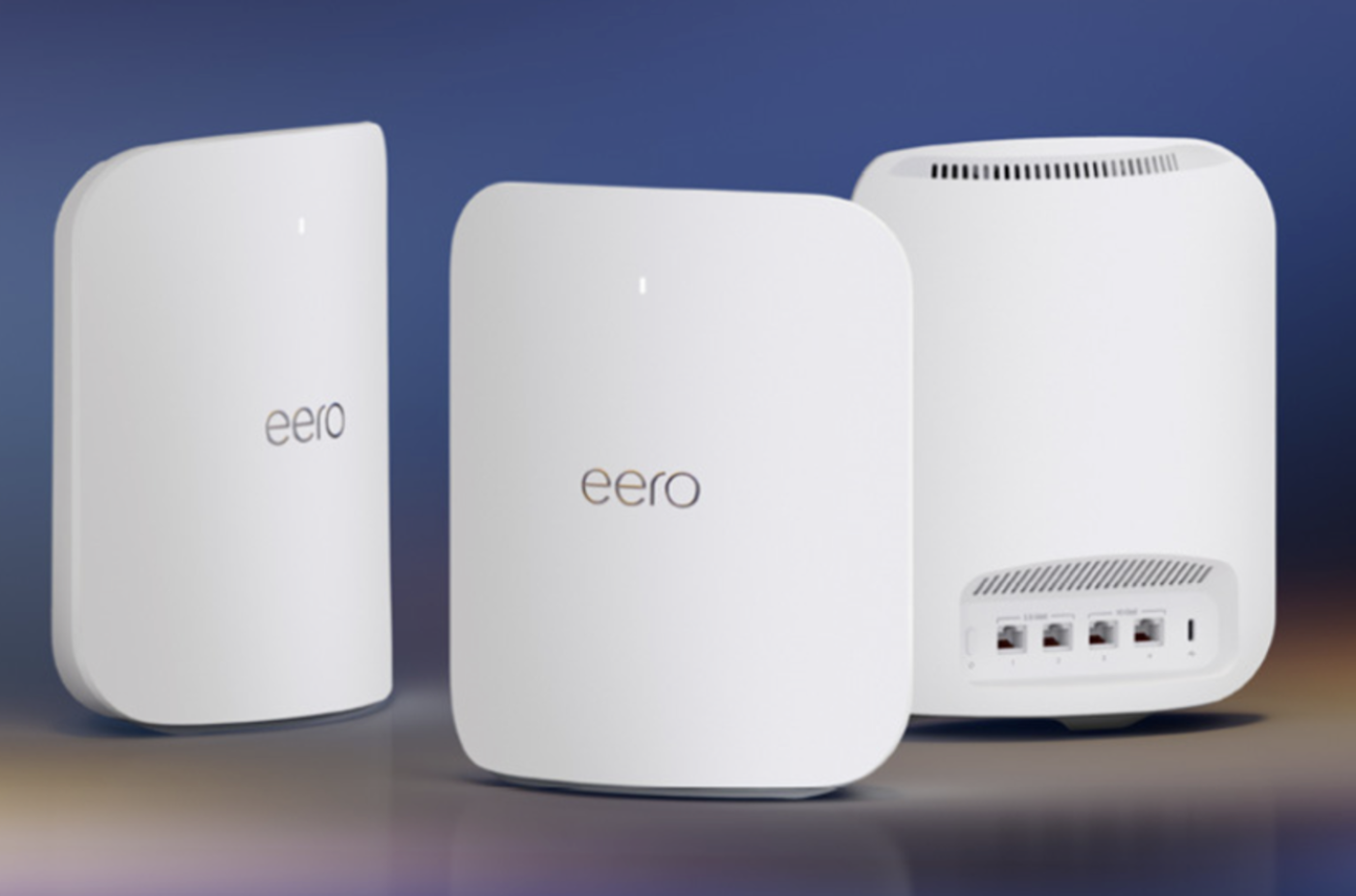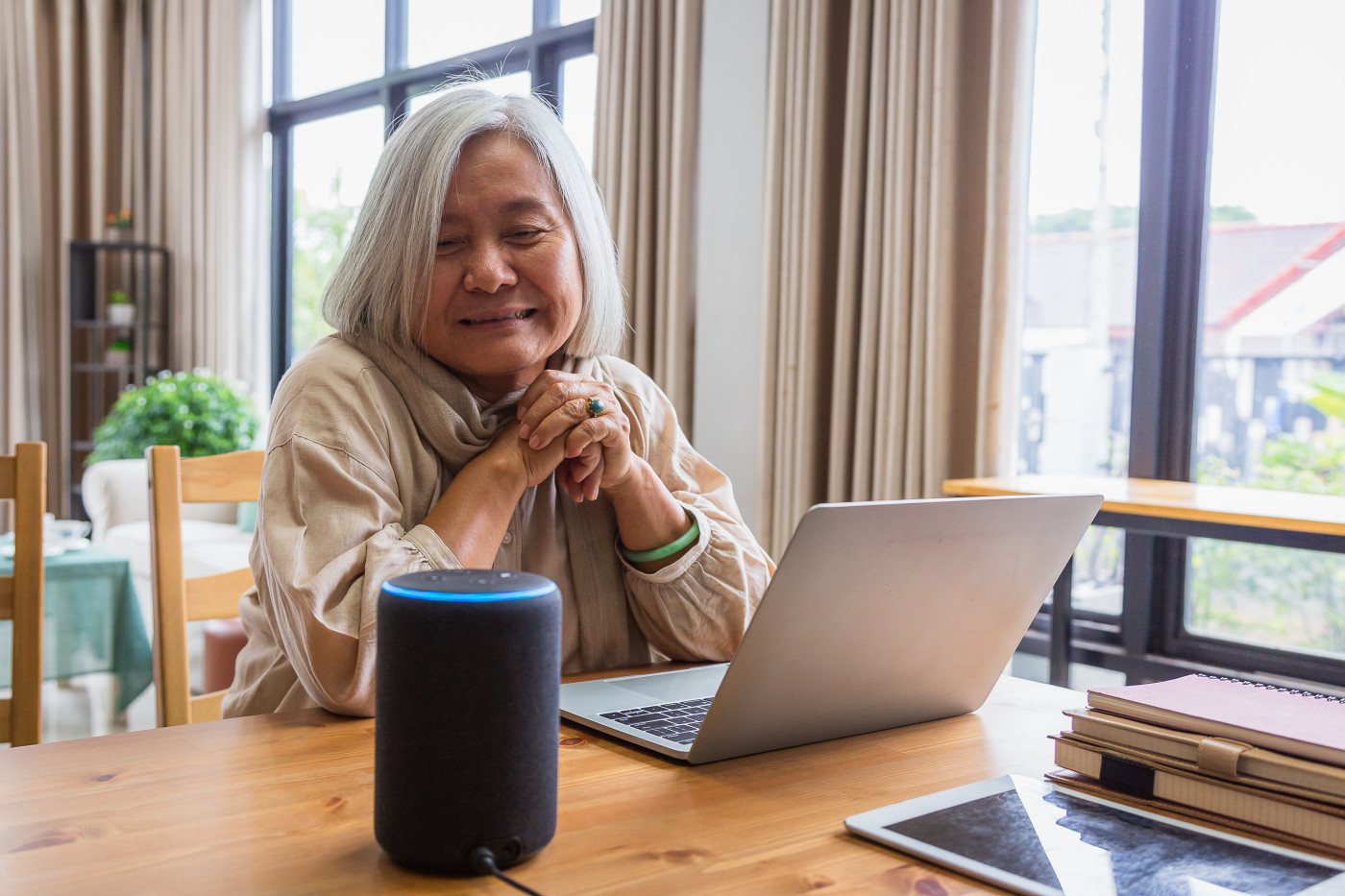Setting Up a Smart Home Network: A Simple Guide
Setting Up a Smart Home Network: How to Get Started
Smart homes offer the convenience of lights that turn on automatically, thermostats that adjust to your comfort, and doorbells that double as security cameras, but setting one up can be intimidating. With so many devices, platforms, and technologies to choose from, it’s easy to feel overwhelmed.
Here’s the good news: You don’t need to be a tech expert to get the ball rolling. In this guide, we’ll show you how to build a smart home network from the ground up, focusing on simple, practical steps to set yourself up for success. Whether you want to start with a few lights or aim for full automation, this guide has you covered.
Choosing Your Smart Home Platform
Your platform is the brain of your setup: it determines how your devices communicate and what features you can access. Here are two main considerations:
Proprietary Platforms: These include familiar names like Google Home, Alexa, Apple HomeKit, and Samsung SmartThings. They’re user-friendly, widely supported, and perfect for beginners who want a plug-and-play experience. However, these platforms often rely on cloud services, meaning your data passes through company servers—a red flag for the more privacy-conscious among us.
Local Control Systems: For privacy-focused users who want ultimate flexibility, platforms like Home Assistant are hard to beat. Running locally on a device like a Raspberry Pi, Home Assistant gives you control without depending on the internet. It’s ideal for tech-savvy users who want a system tailored to their needs.
Think about your comfort level with technology and how much control you want over your smart home. If there is a specific brand of smart house gadgets that you want to purchase, find out which platforms they’re compatible with. Proprietary systems are great for simplicity, while local control systems offer advanced functionality and privacy.
Understand Smart Home Protocols
Smart home devices need a way to communicate with your network and each other, and different devices are built to use specific protocols. While this might sound technical, here’s what you need to know:
Wifi: It’s simple and doesn’t require extra equipment, but too many connected devices can slow your network.
Zigbee and Z-Wave: These protocols create dedicated networks for smart devices, which keeps them off your Wi-Fi. They require a hub (like the Philips Hue Bridge), but they’re reliable and great for growing smart homes.
Matter: The latest standard, Matter, aims to simplify compatibility so devices from different brands work seamlessly. It’s built to be the future of smart home connectivity.
Thread: Often paired with Matter, Thread is a low-latency, energy-efficient protocol perfect for battery-powered devices like sensors.
Our advice is to start with Wi-Fi devices for simplicity. As your smart home grows, consider adding Zigbee or Matter devices for improved reliability and flexibility. Always check that your devices are compatible with your chosen platform (like Alexa or Google Home) to avoid headaches later.
Build Your Network Foundation
A strong, reliable network is the backbone of any smart home. Before adding devices, make sure your internet and router can handle the load:
Choose the Right Internet Plan: Smart homes thrive on consistent speeds and bandwidth. Internet, like Blue Ridge, ensures you have the capacity for multiple connected devices.
Upgrade Your Router: Older routers can struggle to support modern smart homes. A mesh Wi-Fi system, such as Blue Ridge HomeFi powered by eero, eliminates dead zones and ensures seamless coverage.
Optimize Router Placement: Place your router or main mesh node in a central, elevated location, away from walls or interference from appliances. This maximizes signal strength and reduces connectivity issues.
With the right foundation, your smart home should run smoothly, no matter how many devices you add.

The eero Pro 7 powering HomeFi allows you to harness top speed anywhere in your home.
Start with Basic Smart Home Devices
Getting started with a smart home doesn’t mean buying every gadget on the market. Focus on a few easy-to-use devices that deliver immediate benefits:
Smart Lights: Replace a few bulbs in key areas with smart bulbs. They’re easy to set up and let you control brightness, colors, and schedules with your phone or voice.
Smart Plugs: Plug these into any outlet to control lamps, coffee makers, or other appliances remotely. They’re budget-friendly and highly versatile.
Smart Speakers or Hubs: Devices like Amazon Echo or Google Nest serve as the control center for your smart home, letting you manage devices with voice commands or an app.
These basics are affordable, easy to install, and give you a taste of what a smart home can do. As you grow more comfortable, you can expand into more advanced setups like cameras, thermostats, or security systems, like Blue Ridge Smart Home Security.
Expanding Your Smart Home
Once you’ve mastered the basics, you can expand your smart home with devices that align with your goals. We have most of these available through Blue Ridge Smart Home Security. Here are some popular next steps:
Smart thermostats: Devices like Google Nest and ecobee adapt to your routines to deliver the perfect balance of comfort and energy savings.
Security Cameras: Keep an eye on your property with cameras that send alerts directly to your phone. Many integrate with existing platforms like Alexa or Google Home.
Sensors and Alarms: Motion sensors, door/window sensors, and smart smoke detectors add an extra layer of safety to your home.
Smart Appliances: Refrigerators, ovens, and washers are getting smarter, allowing you to control and monitor them remotely.
When you're looking to add new devices, check for compatibility with your chosen platform and protocols to avoid unnecessary headaches. There’s nothing worse than getting a new gadget and realizing it’s not compatible with your network.
Maintaining and Securing Your Smart Home Network
A smart home is only as secure as the network and platform that power it. Different smart home platforms offer varying levels of security and privacy, so it’s important to choose the right one for your needs:
Proprietary Platforms (e.g., Alexa, Google Home, Apple HomeKit): These platforms come with built-in security features like encryption and two-factor authentication (2FA), making them beginner-friendly. However, they rely on cloud services, meaning your data passes through company servers—great for convenience but a concern for privacy-conscious users.
Local Control Systems (e.g., Home Assistant): Local platforms run offline and give you full control over your data, offering unmatched privacy. They also allow for advanced security setups like network segmentation. However, the responsibility for managing updates and configuring security often falls entirely on the user.
Tips to Keep Your Smart Home Secure
Update Firmware Regularly: Ensure your devices and platforms are running the latest software to protect against vulnerabilities. Many proprietary systems handle this automatically, while local systems may require manual updates.
Use Strong Passwords: Replace default passwords with unique, complex ones for your router, platforms, and devices.
Enable Two-Factor Authentication: Platforms like Alexa and Google Home offer 2FA for added protection.
Monitor Your Network: Tools like eero Secure can help block suspicious activity, set content filters, and provide real-time monitoring.
Segment Your Network: For extra security, consider placing smart devices that interact with Wi-Fi on a separate guest network, isolating them from critical devices like laptops and phones.
Wifi vs. Zigbee vs. Matter Security
Wifi Devices: Simple to set up but can make your home network vulnerable if not properly secured.
Zigbee and Z-Wave: Devices using these protocols offer more secure, dedicated networks but require a hub.
Matter: Emerging as a secure, universal standard, simplifying encryption and interoperability across brands.
By staying proactive and choosing the right platform for your needs, you can enjoy all the benefits of a smart home with peace of mind.
Why Blue Ridge Is Perfect for Smart Homes
A smart home needs a strong, reliable network to function seamlessly, and that’s exactly what Blue Ridge delivers. Whether you’re just starting with a few smart devices or scaling up to a fully automated home, Blue Ridge HomeFi provides the foundation you need for success.
Seamless Coverage with TrueMesh: Powered by the eero Pro 6E, HomeFi eliminates dead zones and ensures your smart home devices stay connected, no matter where they are.
Support for Dozens of Devices: With HomeFi, you can connect all your smart devices—from lights and plugs to cameras and appliances—without worrying about slowdowns.
Enhanced Security with eero Secure: Protect your smart home network with advanced features like real-time threat blocking, ad filtering, and content controls, all managed through an easy-to-use app.
Future-Ready Performance: Blue Ridge’s fiber internet provides the speed and bandwidth to handle today’s devices and tomorrow’s innovations. Fiber is available in certain neighborhoods, so see if it’s ready where you live.
With Blue Ridge, you can build a smart home network that’s fast, secure, and built to grow with your needs.

Wrapping Up
Setting up a smart home network might seem intimidating at first, but with the right tools and a clear plan, it’s easier than you think. By defining your goals, choosing the right platform, and building a strong network foundation, you can create a smart home that simplifies your life.
With Blue Ridge HomeFi and internet you’ll have the speed, reliability, and coverage needed to power your smart home. Whether you’re just getting started or looking to expand, we’re here to help. Visit Blue Ridge today to learn more and take the first step toward a smarter home.